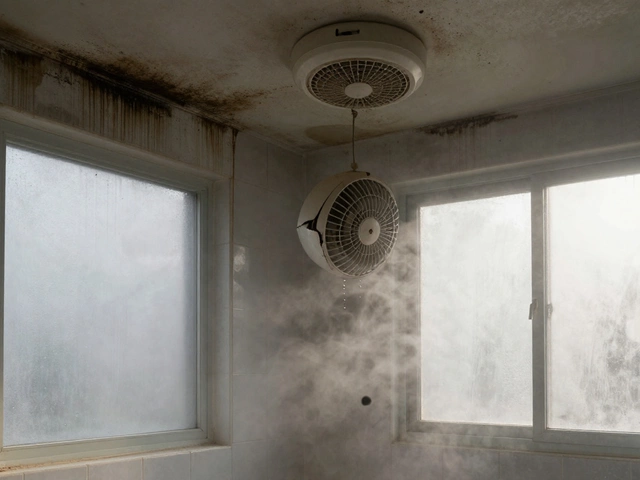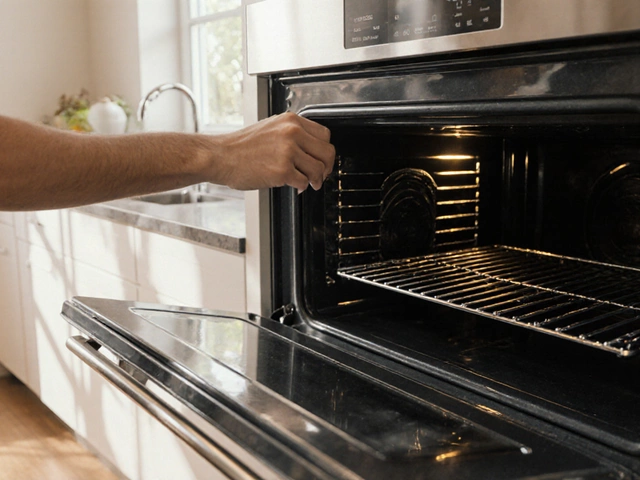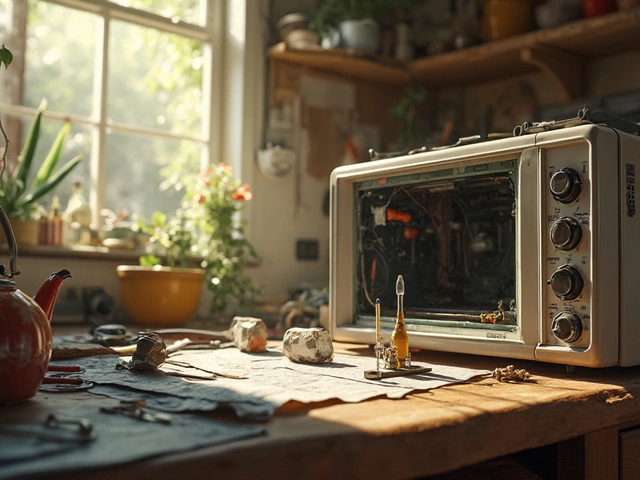How Long Should an Electric Oven Last?
April 16 2025Microwave Troubleshooting – Simple Steps to Get Your Oven Working Again
If your microwave suddenly stops heating, makes weird noises, or shows error codes, you probably feel frustrated. The good news is many of these problems have easy fixes you can try before dialing a pro. Below you’ll find straightforward checks and DIY tricks that cover the most common issues.
Common Signs Your Microwave Needs Help
First, notice what’s actually wrong. A microwave that won’t heat but still runs is usually a magnetron or high‑voltage diode issue. If the turntable doesn’t spin, the motor or the tray support could be stuck. A humming sound with no heat often means the magnetron is failing. Intermittent operation or a display that flickers can point to a faulty door latch or a blown fuse. Spotting the exact symptom helps you decide which part to inspect.
DIY Fixes You Can Try Today
1. Check the power source. Make sure the outlet works by plugging in another appliance. Reset any tripped GFCI or circuit breaker.
2. Inspect the door latch. The microwave won’t run if the door switch thinks it’s open. Open and close the door firmly; listen for a click. If the latch feels loose or the switch feels stuck, a quick clean with a dry cloth can help, but swapping the switch may require a professional.
3. Look at the fuse. Most microwaves have a safety fuse inside the power cord or behind the inner cabinet. If you see a broken filament, replace it with the same amp rating.
4. Clean the interior and vents. Grease buildup on the waveguide cover can cause uneven heating. Turn the microwave off, remove the cover (usually a small metal plate), and wipe it clean with a damp cloth. Also, clear the vent grilles at the back so the cooling fan works properly.
5. Test the turntable motor. Remove the glass tray and spin the motor manually. If it’s jammed, clear any debris. A motor that runs but spins slowly may need replacement.
6. Examine the magnetron (advanced). This is the part that actually creates microwave energy. Look for burn marks or a burnt smell. Replacing a magnetron is pricey and best left to a certified engineer.
After each step, plug the microwave back in and run a simple test – heat a cup of water for one minute. If the water gets hot, the issue is likely solved.
When DIY stops being safe or you’ve identified a major component like the magnetron, high‑voltage capacitor, or transformer, call a qualified gas engineer. Working on these parts can expose you to dangerous voltages, and a professional will also check that the appliance meets safety standards.
Remember, regular maintenance helps avoid most breakdowns. Wipe the interior after each use, keep the door seal clean, and schedule a yearly safety check if your microwave is over ten years old.
Got a stubborn microwave that still won’t cooperate? Our team at Bedford Gas Appliance Repair Services can diagnose and fix any fault, from simple fuses to full magnetron replacements. Give us a call and get your kitchen back to speed without the guesswork.
 2 May
2 May
Microwave Oven Repair: How Easy Is It, Really?
Thinking your microwave might just be an easy fix? This article breaks down what you can actually handle yourself, and what stuff really needs a pro. Find out which tools and skills are needed, which parts are most likely to fail, and what’s honestly too risky for a home repair. You'll get straightforward tips, safety warnings you shouldn't ignore, and some surprising reasons microwaves stop working. Save time, money, and maybe a little frustration before you decide whether to grab your toolbox or call in the cavalry.
Read More...



